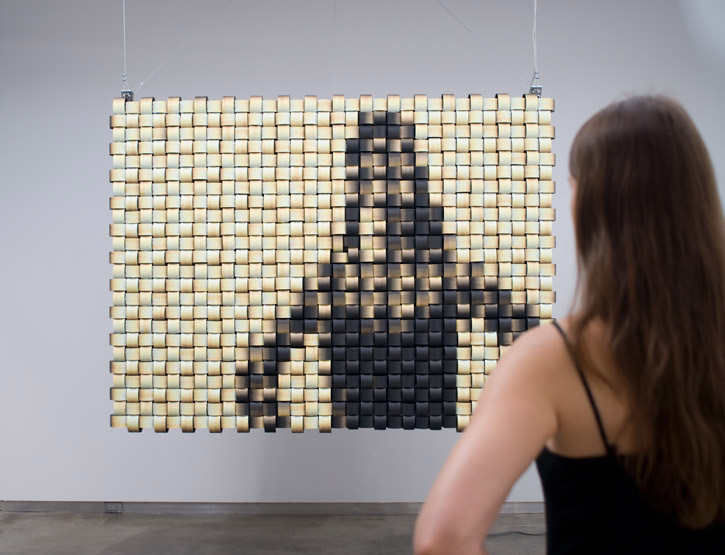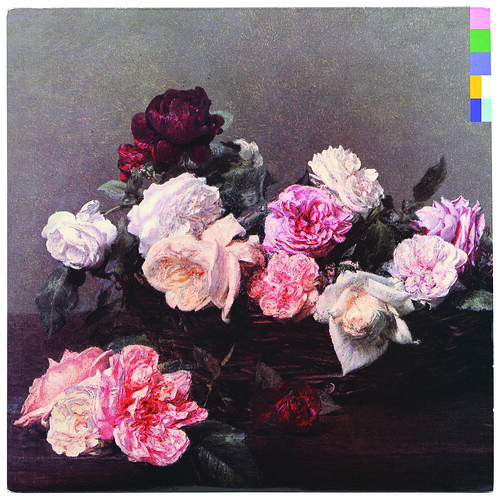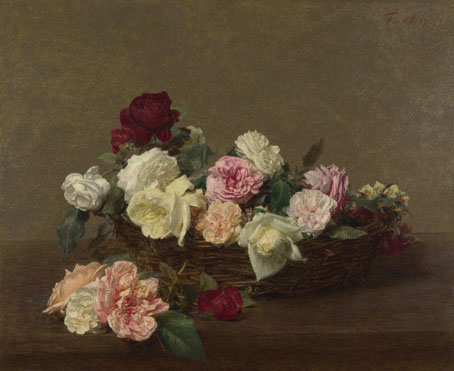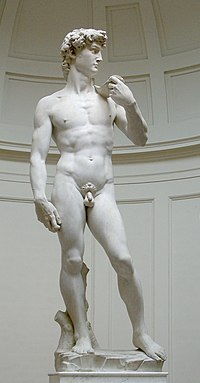

This is a model made by Danwen Xing. They are made with a large amount of detail especially considereing the actual size of the models themselves.
In my opinion the most interesting and intriguing part of these models are the littles areas of detail that you can see on the streets of the models or in some of the windows for example.
They are so small, making achieving the level of detail amazing. The series is called Urban fictions and in each of the models there is a scene with smaller models and characters in the scene.
As well as these models that she produced there are many other photography works. A particular one that i am interested in is the series Born with Cultural Revolution.

In these photographs you can see the naked body of a woman standing in a room in front of a photograph of Chaiman Mao. In my opinion, this is a response to the leading of Chairman Mao and i think that it is her showing us, using the photograph, that she has no respect for Chairman Mao or his teachings. This could also be the case with the sheet or flag with the countries colours on it as it has been draped over her and she seems to show it very little respect in the way she is lying on it.
These are two very different series of work in my opinion, as one seems to be quite comical with the scenes of murder or just normal everyday scenes compared to the expressive photographs of the other series.
These are two very different series of work in my opinion, as one seems to be quite comical with the scenes of murder or just normal everyday scenes compared to the expressive photographs of the other series.
This type of expressive work is not what i would associate with a Chinese artist living with Chairman Mao therefore i believe it is safe to say that this was a result of her time spent studying abroad in New York, as it is almost as though she had been "westernised" in her artwork.
References


























